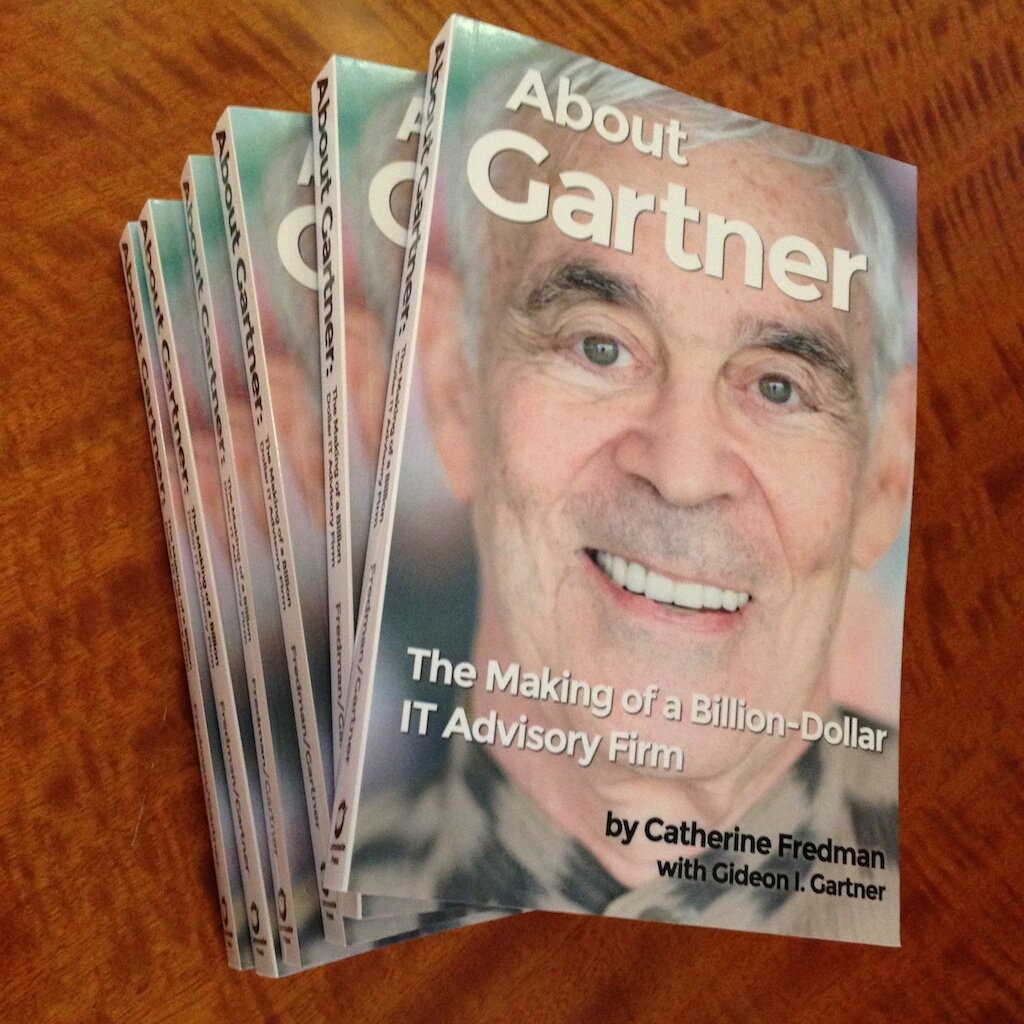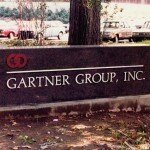I’ve known Bob Howard for many years since I was first introduced to him by Sy Goldblatt, a well known money manager and friend. Not everyone recognizes the name, but in my opinion Bob is one of the great entrepreneurs/businessmen (Franklin was an inventor/politician). I’m convinced of this because few who have innovated have also had a sixth-sense of how to monetize virtually every one of their ideas.

Robert Howard
By his 87th birthday party, which was yesterday, I had read the book Bob recently wrote, ”Connecting the Dots” and learned much more about his life, but especially how he evolved from his teens to a becoming a master at solving almost every technical challenge he faced, which led to a successful business. He almost always seemed to identify technical faults and needs, developing solutions, and thus capitalized by creating new businesses. He was not only a business genius, but also an opportunist, a successful day-by-day manager of people, and a terrific promoter which led to maximizing his success potentials. His productivity was and is amazing.
Bob’s specific business success began at age 24, focusing on cable TV, selling six different companies to Telepromptor, where he became a major stockholder. At 32 he founded Polar Distributors which still exists. At 41, a joint venture with Wang laboratories evolved into Centronics, which under his leadership became one of the most famous printer firms with over 6,000 employees in 27 countries. In parallel (a typical habit), in 1984,he formed Gamex, which invented the first electronic slot machine. Then followed Howtek, a new computer aided design (CAD) breast cancer detection system, and Presstek, the first 4-color printing press system. These are just a few of his successes and Bob in his mid 80s is still working, now developing superior hearing aid systems.
Bob cites 29 different companies which he founded (likely a record), which includes many inventions and meaningful concepts. But most interesting are the adventures which typically surround each start-up (I have several experiences along this line, but 29 might be a world record).
For those interested in the eminently readable combination of innovation and how to exploit it, combined with lots of adventure, I heartily recommend reading his book (available on Amazon, search on “Connecting The Dots”).







12 Comments